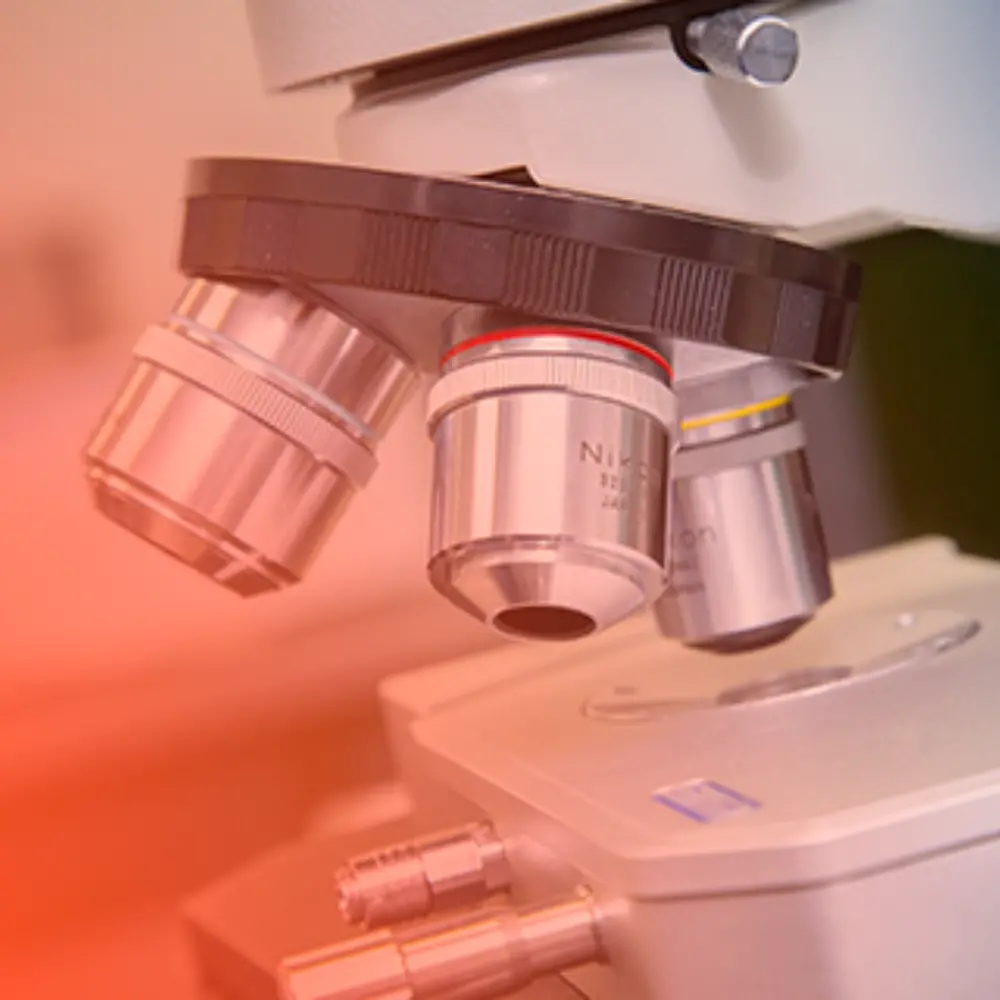
Life evolved four billion years ago in a world that was fundamentally different from the world we live in today. The main difference: there was no oxygen. However, the lack of oxygen did not deter the growth of ancient bacteria. They thrived and built their chemical processes around iron, a metal that can catalyze diverse chemical reactions. Two billion years later the subsequent evolution of photosynthesis generated oxygen, which was a double-edged sword.
On one hand, cells learned to use oxygen to generate energy for cellular processes. On the other hand, since oxygen is a reactive chemical, it can cause aberrant reactions that give rise to dangerous chemicals such as superoxide and hydrogen peroxide, collectively referred to as reactive oxygen species (ROS). These species react with to the intracellular iron, resulting in the damage of iron-containing proteins.
This crisis with oxygen occurred before life diversified to form multicellular organisms. Subsequently higher organisms, including us, are inherently dependent on oxygen, but remain vulnerable to the effects of ROS.
This vulnerability has several consequences. White blood cells in our body exploit it to kill invading microbes by spraying them with ROS thereby preventing infections. Researchers use chemotherapy and gamma radiation to generate ROS to kill tumor cells by overwhelming them with oxidative damage.
“My interest in oxidative stress started during graduate school. I chose the lab because they attacked scientific questions with rigor and the problems they were looking at dealt with oxidative stress. Fundamentally oxidative stress is a chemistry problem. Therefore, my background in chemistry enables me to ask mechanistic questions that are slightly different from those of a conventional biologist,” said Jim Imlay, a Professor in the Department of Microbiology.
Although oxidative stress is a chronic problem, life endures.To understand how oxidative stress damages cells and what their defense mechanisms are, the Imlay lab uses E. coli as a model organism. There are several advantages to this approach. E. coli can be easily manipulated to gain insights into cellular function. Unlike human cells which have an absolute requirement for oxygen, E. coli can grow both in the presence and absence of oxygen. Therefore, it is easier to identify the components that are required to defend cells in the presence of oxygen.
E. coli uses several defense mechanisms to counter oxidative stress. One of the current projects in the lab looks at how E. coli uses manganese instead of iron. “When the cells sense elevated levels of ROS, they pull the iron out from proteins and replace it with manganese,” Imlay explained. “Although manganese is not as efficient a catalyst as iron, it is resistant to oxidative stress.”
The lab also studies organisms that live on the extreme ends of the oxygen spectrum- those that cannot tolerate oxygen and those that live only in oxygen-rich environments. The former, also known as obligate anaerobes, form an integral part of several environmental niches. “The vast majority of microbes in our guts are obligate anaerobes.The gut is kept devoid
of oxygen to allow these organisms to survive. This shows that there is a connection between oxidative stress and how our gut microbes are organized.You cannot understand one without the other,” said Imlay.
The work with organisms that live in oxygen- rich, stressful environments further confirms the studies done with E. coli . The adaptations that E. coli makes only under duress are continuously used by these organisms. One such adaptation is the use of manganese instead of iron.
Surprisingly, bacteria can even exploit ROS stress. “One of the recent publications by Maryam Khademian, a graduate student in our lab, showed that that E. coli has evolved to cope with ROS so well that it can use hydrogen peroxide to grow,” explains Imlay. “It is startling because we were used to thinking of hydrogen peroxide as a poison and here is an organism that uses it for its benefit.”
There are several long-term questions in the field, whose answers are applicable to human health and disease. For instance, oxidative stress might be harnessed to develop antibiotic therapies which would suppress the growth of microbes. Furthermore, several human disorders involve inflammation, which results in tissue damage. A large part of that damage is due to the formation of ROS. Understanding oxidative stress will help us develop therapies that can suppress the damage.
Unlike other stresses, oxidative stress is unique in its type and impact because life evolved in its absence. According to Imlay, “studying oxidative stress means understanding an evolutionary story. At the same time, its impacts can be narrowly focused and even be used for our benefit to battle infections and tumors.”

